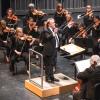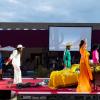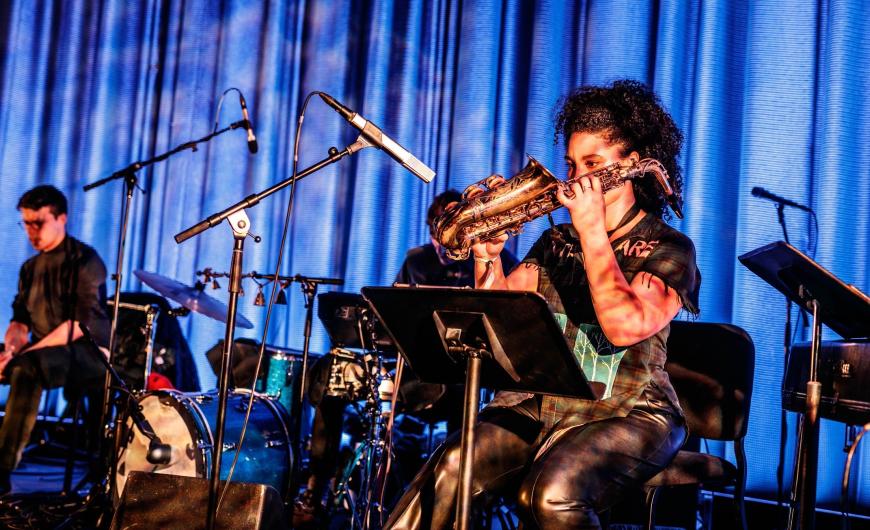
Every two years, the Rubin Institute for Music Criticism convenes in San Francisco, teaching music students across the U.S. about music journalism. SF Classical Voice has partnered with the Rubin Institute to give the program’s top writers more experience in the field with an internship. This year’s Rubin winners, Emery Kerekes and Lev Mamuya, will be with SFCV for six months, reporting from New York and Boston, respectively.
Shelley Washington jokes that she’s never taken formal counterpoint so she can’t teach it to her students. But after speaking with her on Zoom for an hour, I’m convinced she should write a book on the subject.
This is because Washington’s compositional practice revolves around simultaneity — she’s always setting various musical and thematic ideas in contemporaneous motion. In discussing her piece Both, which will receive its West Coast premiere Oct. 15–16 courtesy of Los Angeles Chamber Orchestra, she made that vision clear.
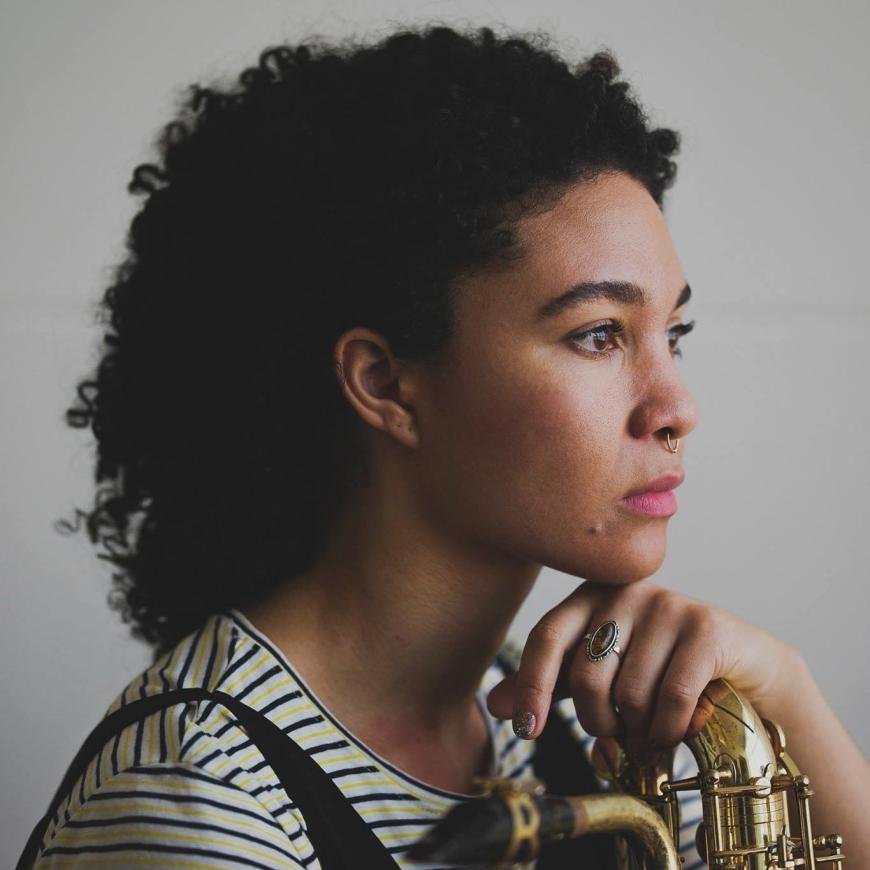
As one of nine composers commissioned so far through New Music USA’s Amplifying Voices program (other participants include Vijay Iyer and Jessie Montgomery), Washington occupies rarified air. The initiative, which ensures that each commissioned piece receives repeat performances across the country by various partner orchestras, will bring her music to audiences nationwide.
The following excerpts from our conversation shed some light on Washington’s practice, Both, and other important features of her life and work (including her dog Rodeo, pictured below with the composer). I’m looking forward to catching the Boston premiere of this work when it’s performed in a concert to be announced by the Boston Modern Orchestra Project (another of the piece’s co-commissioners).
So talk to me about Both. How did you come to write this piece?
The piece started with the Amplifying Voices commission and LA Chamber Orchestra’s Sound Investment program, a yearly commissioning project where major donors bring a composer to Los Angeles several times for a behind-the-scenes look into the composer’s process.
Last year was my first year consistently going back and forth between New York and L.A., working consistently with LACO, Long Beach Opera, and Wild Up — I was in L.A. for four months of the year. I spent a lot of time on airplanes. I feel like every composer has a travel piece (either airplane or train) and maybe this is my travel piece … or at least it started from that.
There were lots of early-morning flights after late nights up packing. I realized the trip from New York to L.A. actually worked better if I didn’t sleep the night before — it would help me reset for L.A. — but that meant that each travel day, I would be in quite a state: just witnessing everything and not participating, half-lucid, dreaming, half-present. It’s like a dream state hearing the little slices of peoples’ lives around you — their conversations with their seatmates, people making relationships and putting up boundaries.
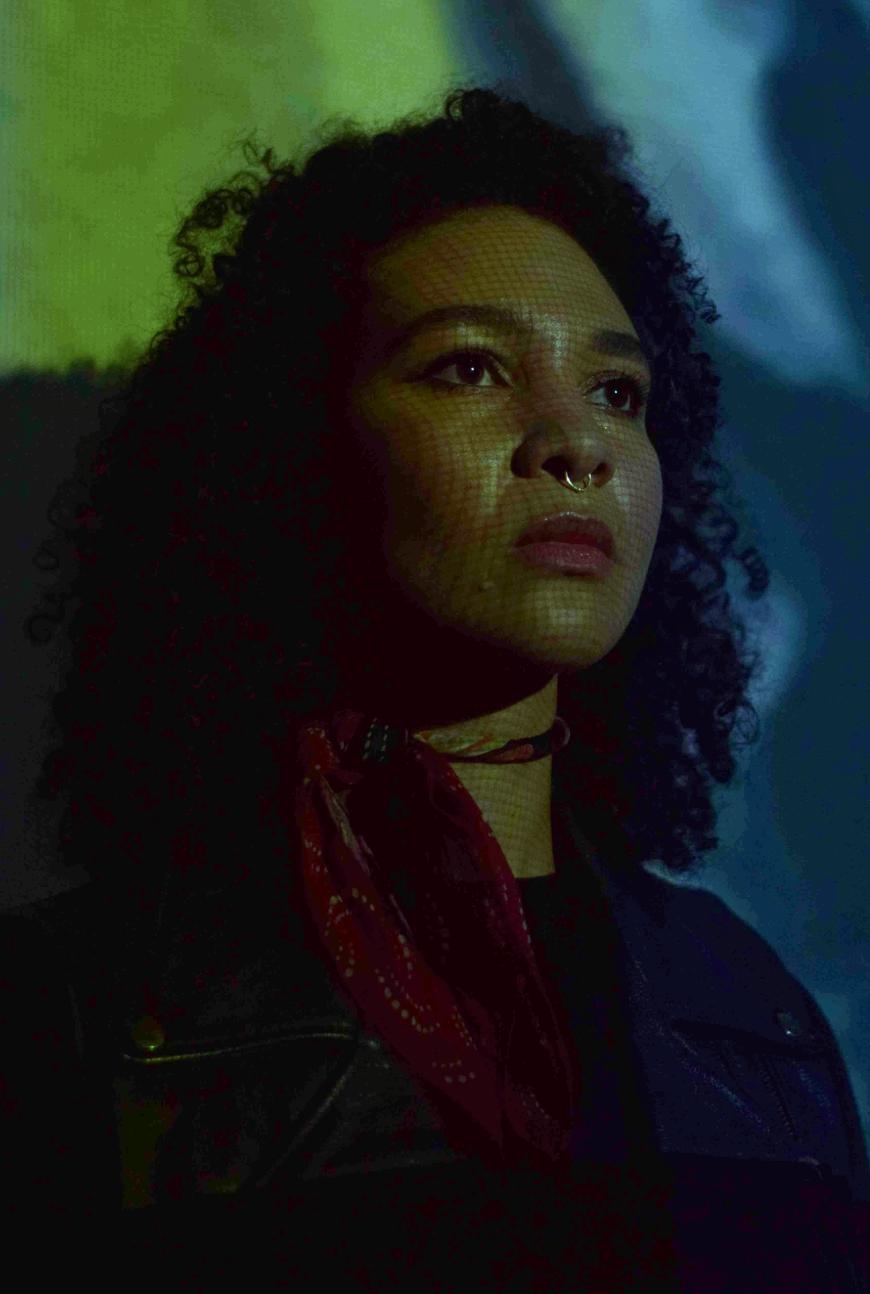
So where does the piece begin, literally speaking? What are some of the first sounds we hear?
The first movement [called “Travel”] begins with the sonic landscape of an airplane’s takeoff and flight sequence — the drone and hum of the engine and that chatter I mentioned above, which recurs across a couple of movements. The musicians are given written instructions in the score to mimic elements of both deep, intimate conversation as well as small talk. That’s how the piece opens, with these layered, textural gestures.
Can you talk a little bit more about the idea of layers? I noticed that’s a word that comes up a lot in your discussion of your musical language and practice.
The way I listen to music is almost like looking at a tank full of fish. I can focus on individual fish — individual musical elements — or expand my focus to the entire tank as if looking down on the fish from above. As a kid I memorized every note of every part on my favorite [Charles] Mingus album, not just the melodic lines. I’ve always been attuned to the textural layers at work in music.
But I also think of layers [as they relate to] experience and memory. We’re all a product of our experiences (that memorized Mingus album is still in my memory in patchwork), and I really enjoy the process of stepping back and examining the totality of my experiences and how those experiences guide my choices in life.
How does that conception of layers — as memory, or perhaps experience — factor into the piece?
Both is a title that’s kind of a jumping-off point. It’s not really about an either-or but about being the totality of all our experiences and histories at once. The second movement, called “Teeny Tiny Little Things,” is dedicated to moments of sweetness and recognizing joyful experiences that have shaped us in a world that is … not always great right now.
I’m passionate about the importance of prioritizing and tending to one’s mental health, and a big part of that is being fully aware of moments of joy that do occur. Nowadays, I find so much happiness in accepting, inclusive communities of friends, both local and digital — that joy is in the movement. But there’s also a rhythmic figure inspired by my dog Rodeo (a soft, fluffy cloud of perfection), who brings so much sweetness into my life. There’s all sorts of levels of joy here — deep happiness and simple pleasures.
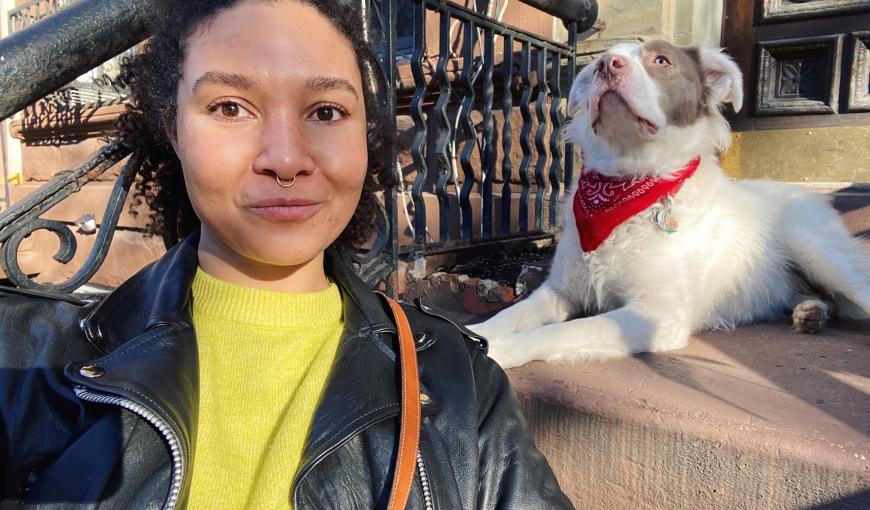
How do the final two movements contribute to the picture?
The third movement [“Where to Next?”] really speaks to the idea of how my life and path has evolved. Before I moved to New York in 2015–2016 and really began my journey as a composer, I was on an entirely different path: I had received a master’s in education and was working as a government contractor. All of a sudden, it was a whole new field that I was exploring and learning about as I was also doing it. I’ve had the good fortune to take on a lot of opportunities because I’ve had the support of my [doctoral composition] program at Princeton behind me. But leaving a strict 9-to-5 office setting and really embracing each opportunity as it came was a real transition and “growing into” that shaped the Shelley I am now from the Shelley I was.
In contrast to the first three movements which are gentle and intricate, the fourth movement [“11:30 p.m. to 4:30 a.m.”] is kind of hilariously different. We’ve done lovely, but we can also shred metal! It takes rhythmic motives from the second movement but introduces new material as well. It’s full of polyrhythms — two against three against four against five — just a hodgepodge of layers.
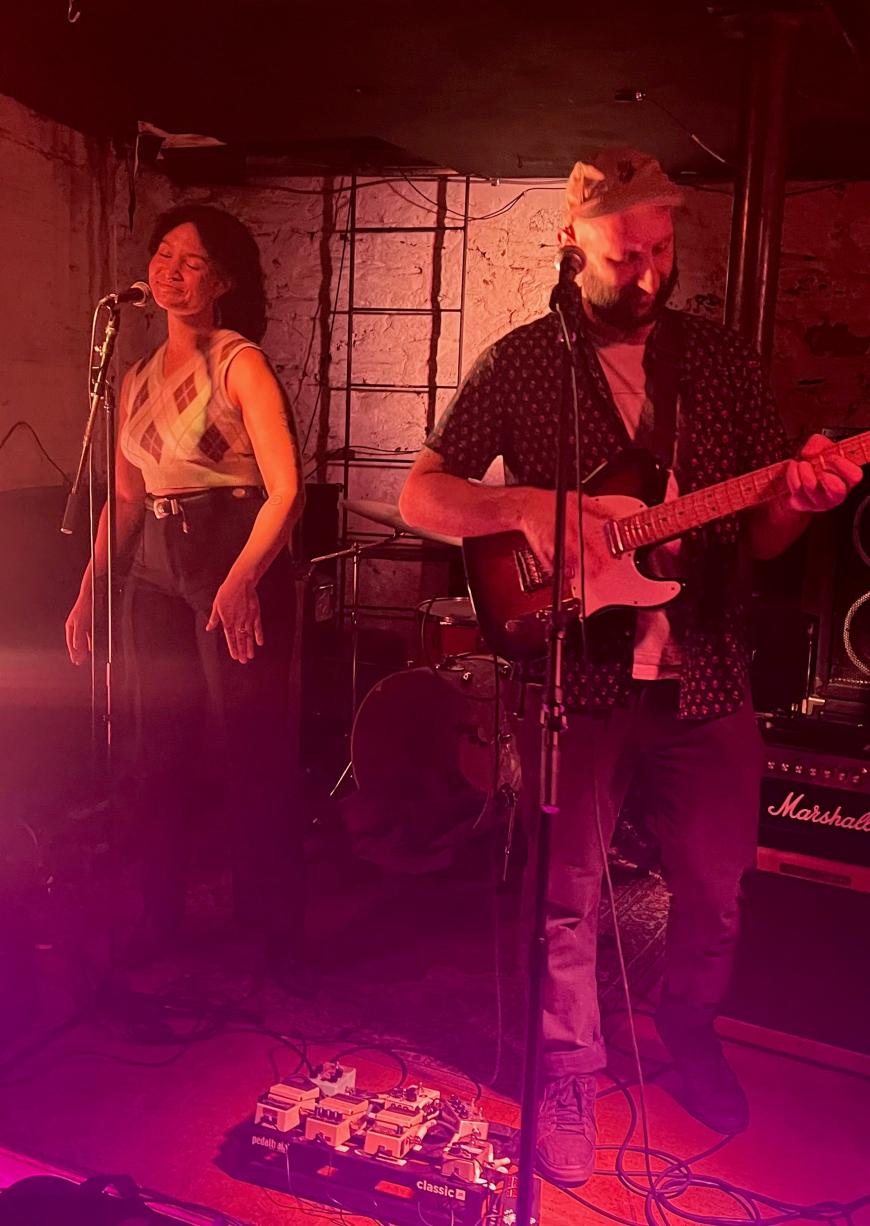
The nighttime is intensely productive for me. I’ll go into a kind of “goblin mode” and just accomplish a ton. Ideas seem to print out of my brain fully orchestrated from little kernels of inspiration, and I’ve had to accept that this nocturnal routine is a part of my process. I’ve always loved the night — of course, it’s when concerts and celebrations and all that good stuff happens, but it’s also about the moments of quiet that occur after when everyone leaves you alone, the late-night walks around my neighborhood in Brooklyn when things are silent and, occasionally, you see just one light on in a brownstone like a dollhouse scene.
You spoke a little bit about the Aspen premiere of Both. Tell me about realizing this piece with LACO. What have you enjoyed the most about that process?
There are so many contemporary composers who are commissioned to write 10 to 15-minute pieces. Those are, of course, amazing opportunities to be grateful for and crucial for getting new and underrepresented composers in the door to correct imbalances in programming, but I was so grateful that LACO was open to me writing a 30-minute work, which I hadn’t had the opportunity to do. Amplifying Voices really heard me as well and made space for that to be possible. By pairing Both with Beethoven’s Ninth, I don’t feel like an appetizer; it feels like my work is really being spotlighted.
So many folks have said that audiences only have the attention span for shorter works from new composers. But I think that really underestimates audiences, who sit through complex, hourlong classic works at nearly every concert.
How do you negotiate how your music is situated in white-led (or historically white-led) institutions?
Something that’s important to the composing collective Kinds of Kings that I cofounded with two dear friends and colleagues is that we’re not just diluted down to our identities – we consciously do not call ourselves a “women composer collective.”
Makers should have the autonomy to frame how their experience and identity impact their work. I advocate for “people-first” language as something that’s really important. I am a Black, female, queer composer, but I am Shelley Washington. All of those things have impacted my experience, but none of those qualifiers should come before my name. My name should come first.


